Songwriting 2016: Sonic Storytelling & Dynamic Narratives – Step-by-Step
In this continuation of Andy Price’s songwriting tutorial focusing on dynamic narratives he presents a step by step explanation of the concept… Sonic Storytelling & Dynamic Narratives – Step by Step 1: In this step-by-step, we’ll look at a specific example of a song which was written a few years ago but which best encapsulates these […]

In this continuation of Andy Price’s songwriting tutorial focusing on dynamic narratives he presents a step by step explanation of the concept…
Sonic Storytelling & Dynamic Narratives – Step by Step
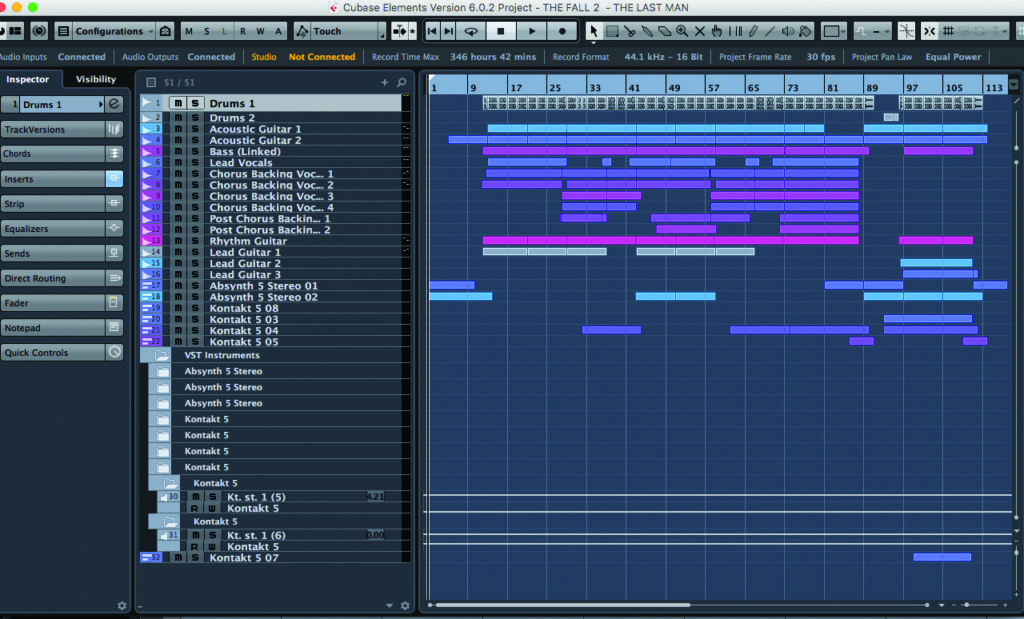
1: In this step-by-step, we’ll look at a specific example of a song which was written a few years ago but which best encapsulates these ideas of dynamic narratives. The song is called The Last Man and it scales a wide range of highs and lows.
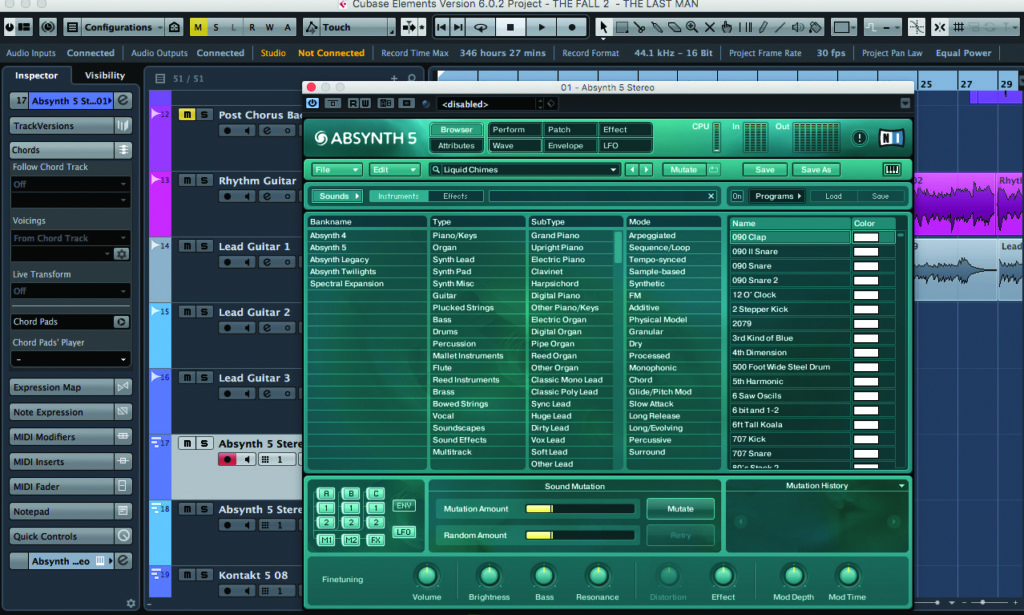
2: Let’s take a look at the mix for the song, to analyse just what tools and thought processes have been used to weave this dynamic narrative. The track begins with a slightly ethereal, otherworldly synth sound, created using Native’s Absynth.
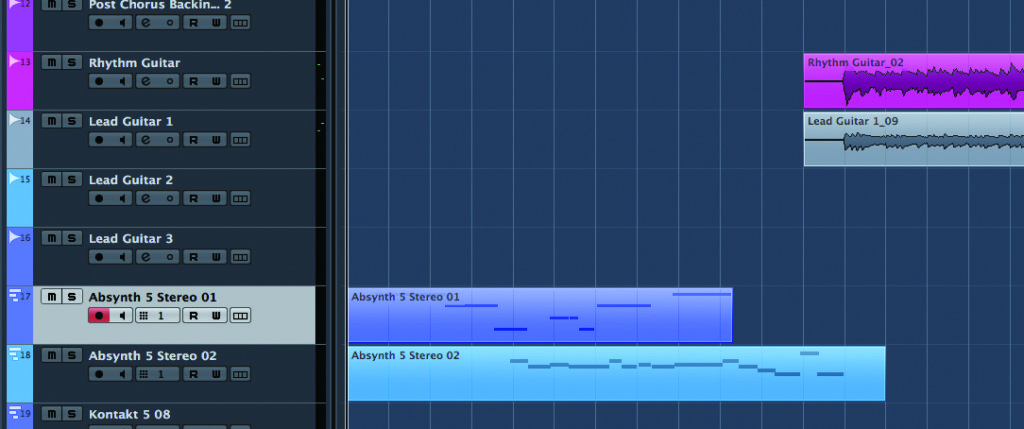
3: After a few seconds, the primary verse motif begins, played softly on an acoustic guitar in the key of B major and backed up by a more warm-sounding synth pad sound (which was also generated through Absynth).
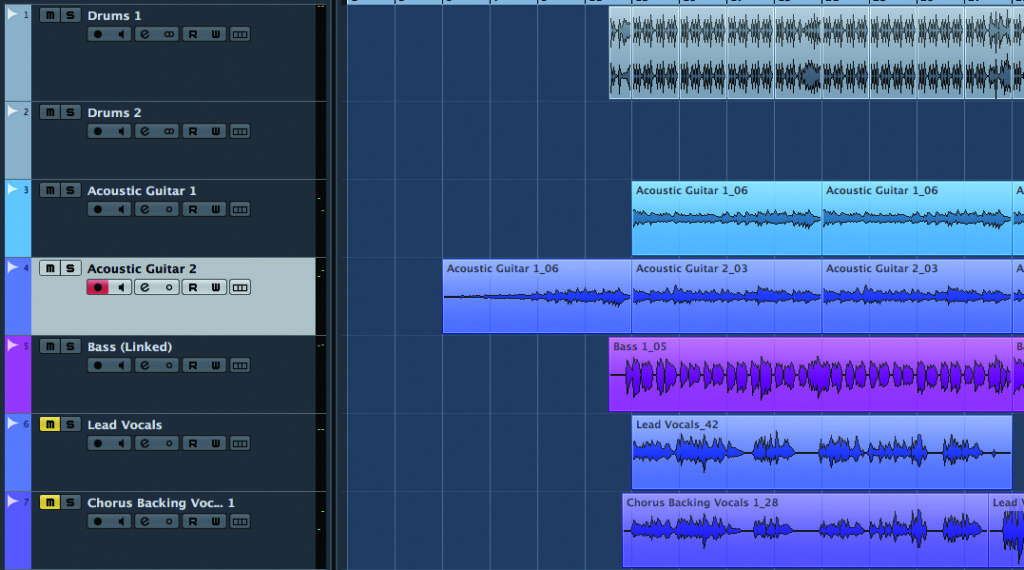
4: The idea here is to ease the listener into the song by introducing the primary verse melody in isolation, given support by the synth to underscore its importance to the listener’s ears from the get-go, before the more powerful, driving elements come into play together.
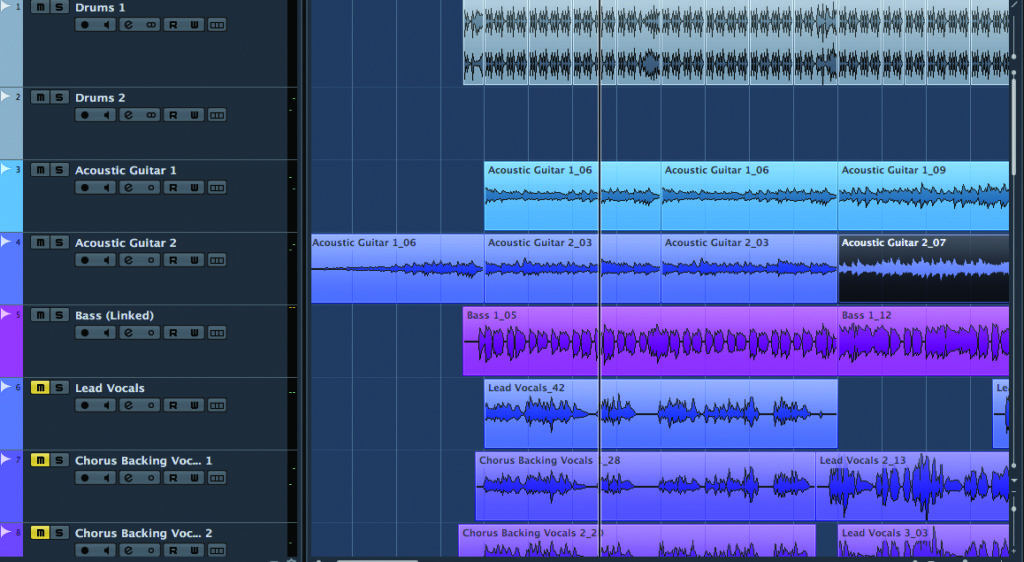
5: Those driving elements include the restrained (but powerful) drums and a staccato, punctuating bass part. As well as a now more minimal synth backing, most importantly, the vocals begin here, performed in a slightly sombre baritone.
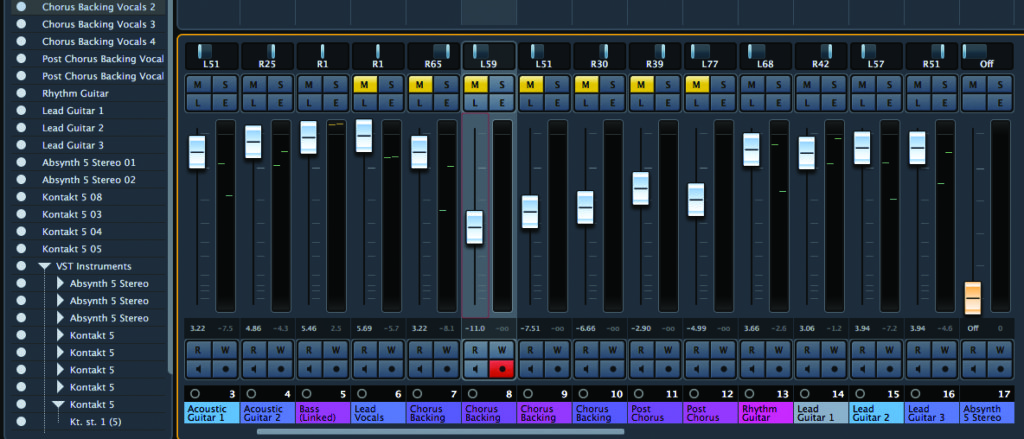
6: There are numerous additional vocal tracks in this mix, too. All these do is very quietly and subtly bolster the primary vocal part by adding melodic support to it. There’s little in the way of counter melody, as this central melodic pillar of the song needs to be re-enforced.
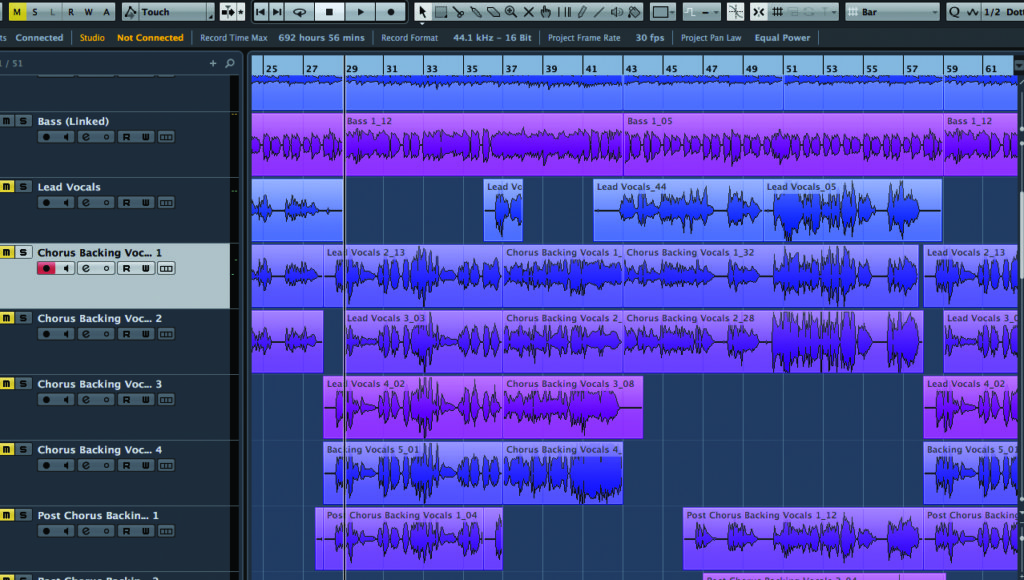
7: After two verses, we reach the chorus. The preceding verse has already laid the groundwork for the chorus musically, as we’re still in the same key, but with the chords played in a different order with resolution back at the root chord (B). We’re now freer to add counter melodies and a slightly more histrionic vocal performance
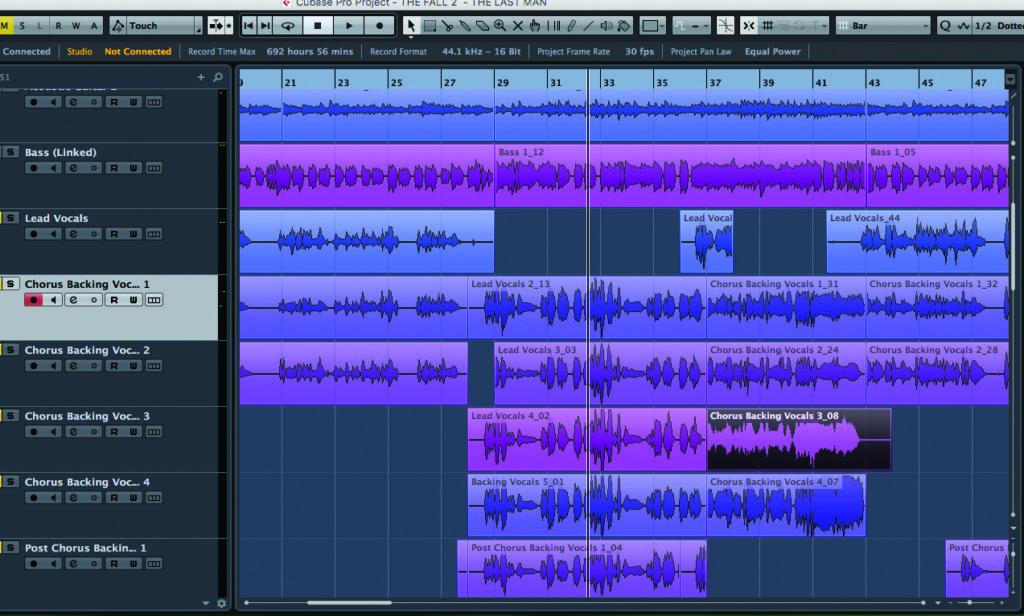
8: The post-chorus (or pre-verse) section which begins immediately after serves two functions. Musically, it leads us back to the start of our verse while the rhythm changes somewhat, and becomes more of a build-up; secondly, it emotionally takes us down from the cliff scaled by our chorus and eases us back to the restraint of our verse.
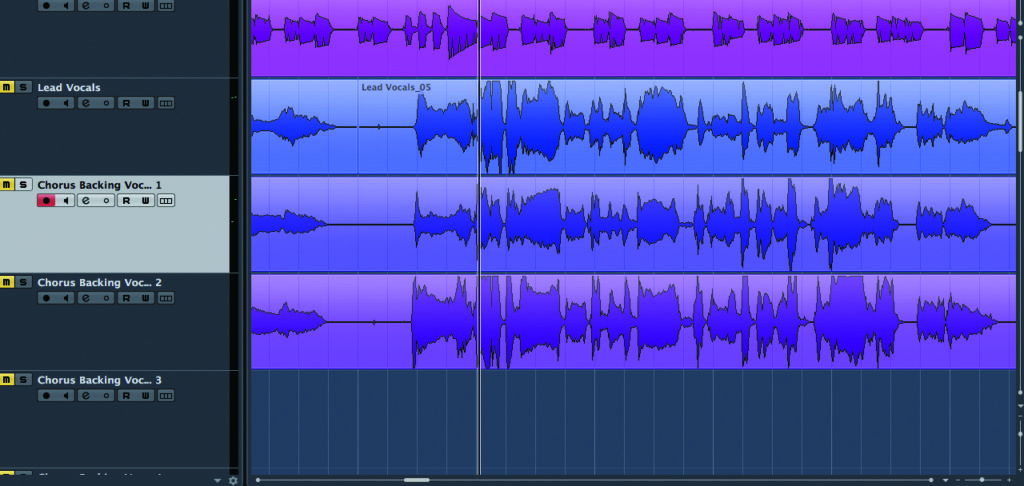
9: Now the listener has a mental map of our song, he or she can predict what will happen next. So it’s often interesting to change things, if not musically then emotionally, with the intensity of your performance in an area where your listener expects restraint. As an example, the fourth and final verse vocal of The Last Man explodes into a louder, more emotional performance.
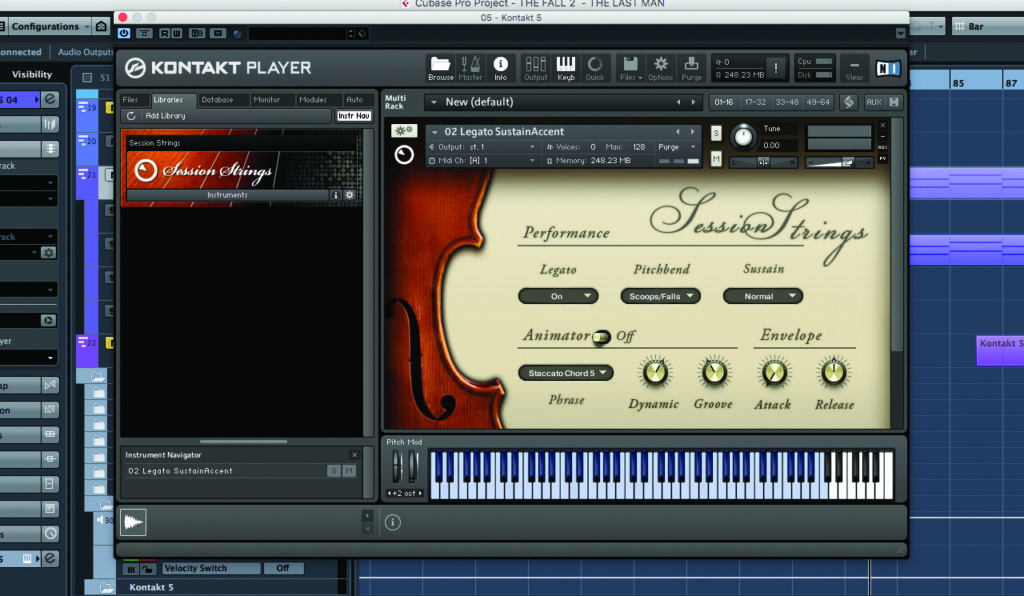
10: Following another chorus and post chorus, we slide into a much more relaxed bridge section. In this section, I increased the volume and foregrounded mix elements such as strings and the aforementioned synth that had been lurking in the background previously. The melody is more smooth, resolved and ‘positive’.

11: Then, when the audience expects a final verse, we strip away all the elements, including the drums – and have a plaintive acoustic guitar gently lead us into an epic string-laden finale, with foregrounded lead guitar. This is the sonic equivalent of a deep breath before a plunge and is another key moment in this (and many other) dynamic narratives
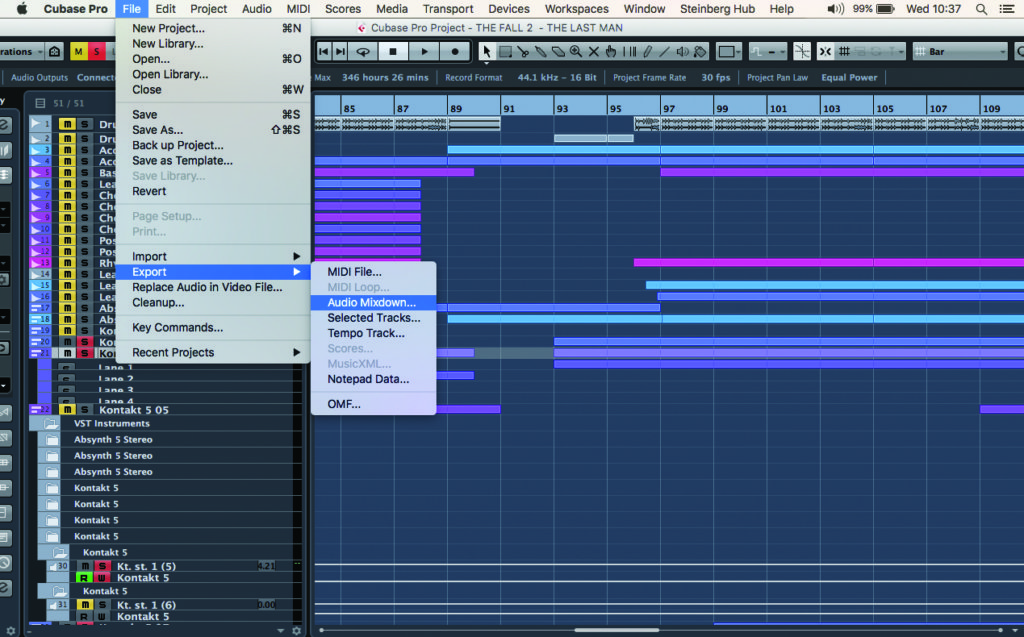
12: Through using considered peaks and troughs of volume, instrumentation that helps to evoke the emotions we want and varying intensities, I’m confident that this song weaves a dramatic narrative effectively.
There’s many other ways to do this and of course, it all depends on the type of track you’re making. But working on these dynamic elements can make your song more compelling and powerful.
